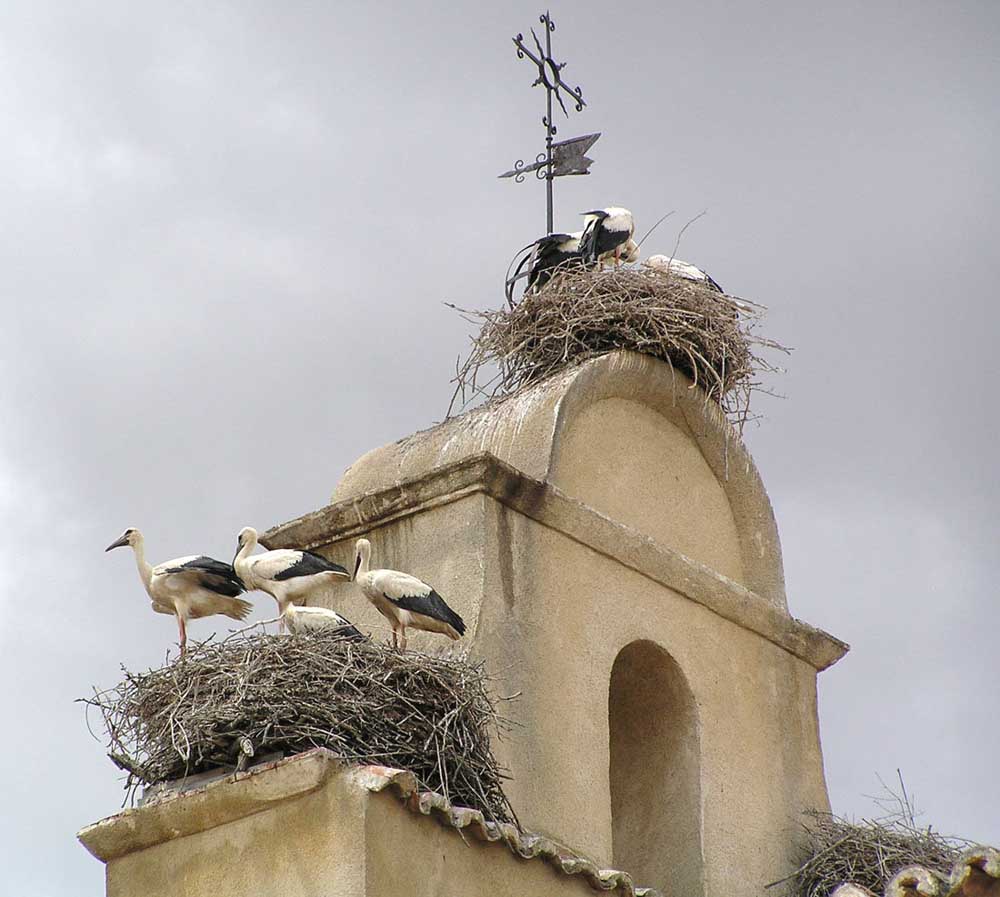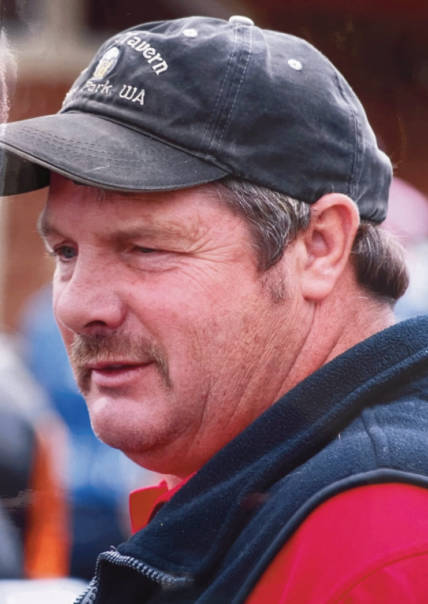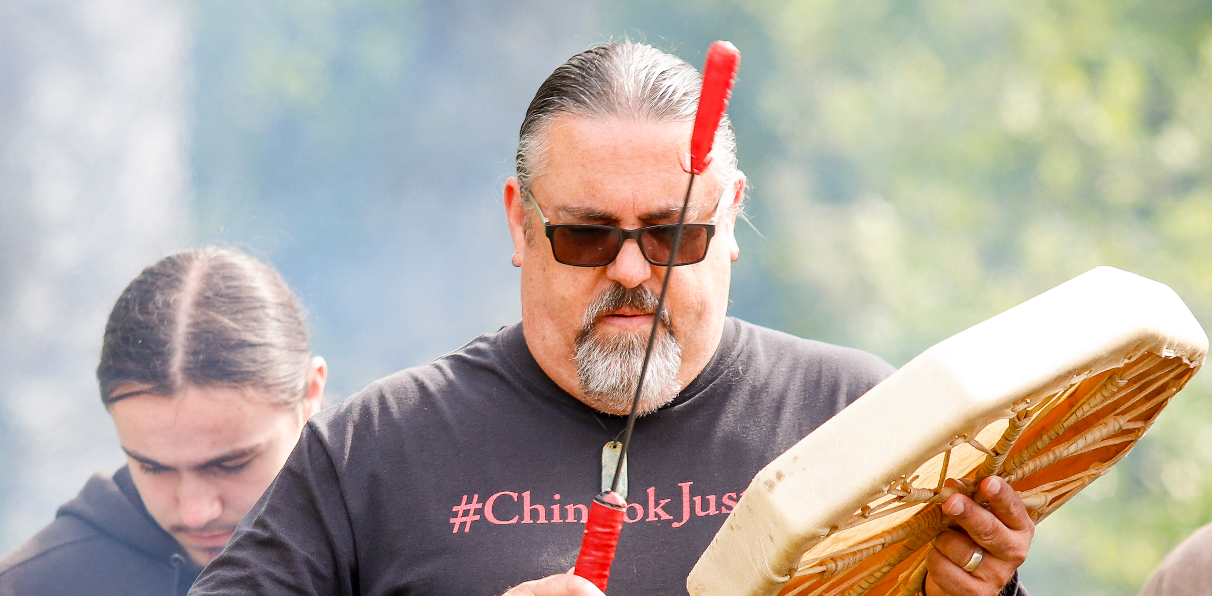Northwest Nature Log Final birding adventures in Northern Spain
Published 9:12 am Tuesday, September 15, 2015

- White storks build nests atop buildings in Spain.
After our great time at Ordesa National Park, we all voted for a town exploration the next day. We opted to spend the day walking through Jaca, visiting local antiquities and finding whatever birds we could. There are ruins around Jaca that date to the Norman invasion and earlier. One fallen tower had been built in the 700s, according to local folks.
Trending
La Ciudadela, an ancient five-sided brick citadel in the heart of Jaca, is a moody, quiet ruin surrounded by a vast and deep grassy moat. A herd of deer live in the moat and spend their quiet days grazing and following the shade under the wall. After finding a few fort birds, we took a short walk to the Pilgrim’s Bridge, an ancient arched stone bridge that carried pilgrims on their walk centuries ago over the Rio Aragon. Deep in the greenery next to the river, a nightingale spun his endless, sweet song.
In August, by noon or later, the temperature in these valleys climbs to the high eighties. Businesses close down for siesta at about one and re-open around four-thirty or five. We were reluctant to lose this mid-day time for exploring the city, but found that the Spanish are right: it’s too hot. We found some shade and enjoyed the view. As we sat on our shady patio in the middle of Jaca, a red kite, a beautiful raptor, coursed low over the hotel grounds, scattering the rock doves. Later in the afternoon, we went on a drive to the monasteries of San Juan de la Pena, which are a short drive southeast of Jaca. The oldest monastery, built in the tenth century, was built right into the buff-colored cliffs. Narrow, crude lookout windows are visible in the old rock above the monastery. We were hoping to see a black woodpecker, which is known to hang out at the monastery, but no luck. Again, we watched vultures and hawks glide below us on the warm thermals rising against the cliffs.
Back in Jaca, we visited the Paseo, or city park. Small owls have learned to hunt large insects that gather around the street lamps. This night the owls could be heard calling, but they stayed hidden in the trees lining the manicured paths.
Trending
The following day we took the winding road due north from Jaca into France. We followed the road through the small, picturesque towns of Urdos, Etsaut, Cette and Eygun. As if on cue, an old gentleman appeared on his rickety bicycle, riding down the road with a beret on his head and a baguette tucked under his arm.
The mountain houses on both sides of the border are charming: tall, sturdy wood and stone structures with massive wood shutters to withstand the brutal mountain storms. This was summer, so brilliant red geraniums spilled from every window box. The countryside opens out into wide, treeless alpine stretches that turn into cross-country ski areas in the winter. Small herds of chestnut colored draft horses, evidently on summer vacation, wandered the roads and fields. The short green grass is a carpet of flowers: pink lillium and heather, white alpine yarrow and reddish thistle. Near the boggy stream sides, long leaved butterwort was a bright chartreuse contrast to the darker grass around them. Alpine choughs, black birds with bright red bills, eddied and called in huge flocks above us. They would land on the roadside, then take off in swirling black clouds as a car approached. North wheatear bobbed nervously on house-size rocks.
At the rocky pass where Espana becomes Francia, there is only a small stone marker in the parking lot. The marker is etched with a simple “E” on the Spain side and an “F” on the France side. A small sturdy house tucked into the rocks at the summit advertised goat cheese for sale. Dozing in the warm sun, goats balanced on the narrow windowsills of the house. Far below on the France side, bright parasails dotted the sky.
The sun was setting as we headed back to the lowlands. Just outside of Jaca in the deep dusk, a huge flock of corn buntings flew across the road, dropped into a grassy field and simply disappeared.
We left Jaca the next day and moved farther south, into the Rioja area of Spain. This area is flatter and more agricultural, producing the grapes for world-renowned red wines. We stopped in the small wine country town of Alfaro, which prides itself for having the world’s largest urban white stork rookery. The tile roof of the ancient, rambling cathedral in the center of the town is home to countless white storks. Hundreds could be seen flying out early in the morning and returning to huge, twiggy nests at dusk.
We took an early morning walk along the wooded path that follows the Rio Alhama. This is a rich birding area and we saw many birds common to this area. This small, slow river meanders past fields of neat rows of purple and green artichokes. A hummingbird hawkmoth fed convincingly on a buddliea using its bill-like proboscis, hovering and moving from blossom to blossom. We had to keep reminding ourselves that there are no hummingbirds in Europe. These moths look and act just like hummingbirds.
One last booted eagle scanning the grassy fields from his perch on a power pole was our final check-off on an unforgettable birding trip.









